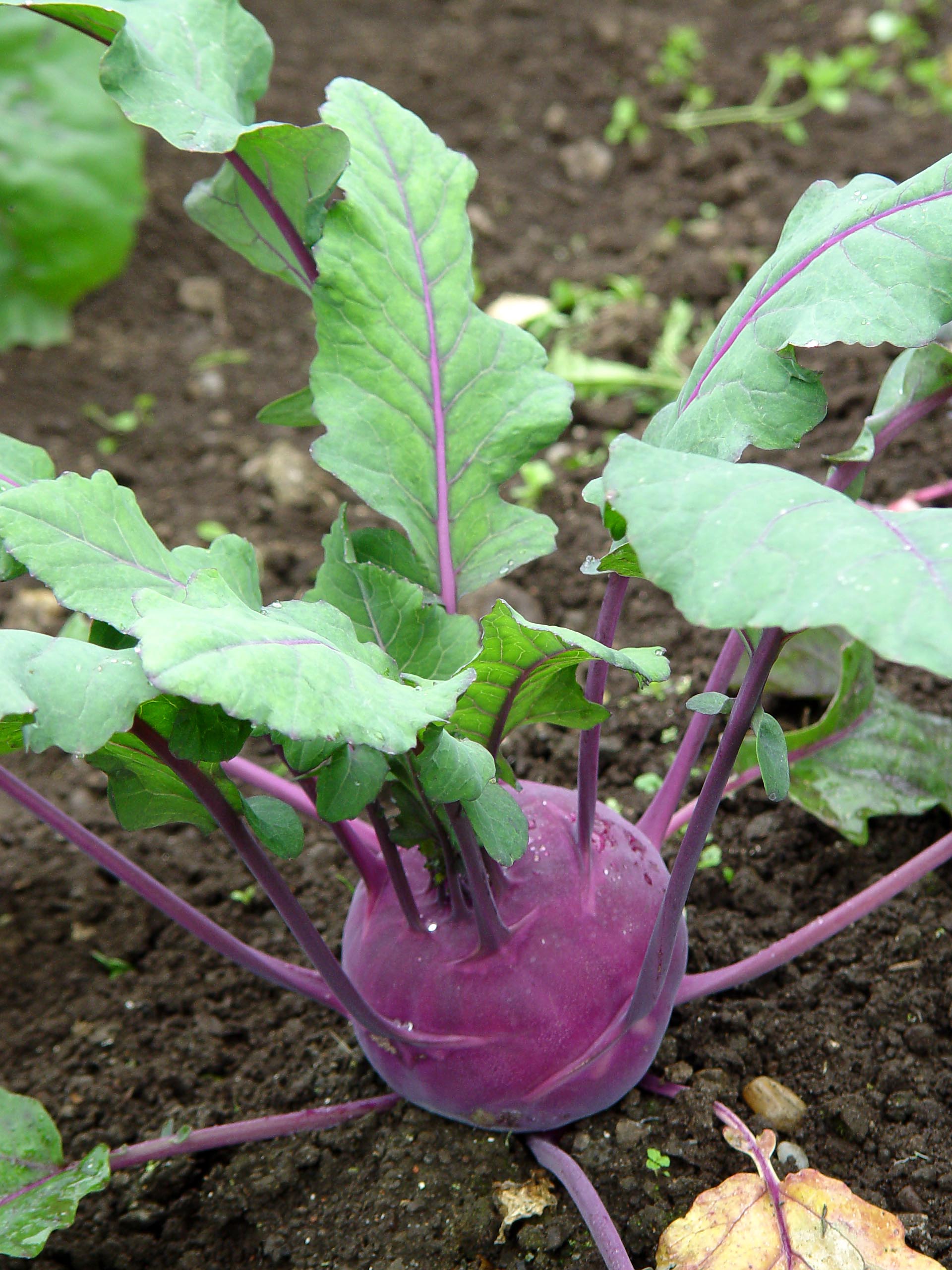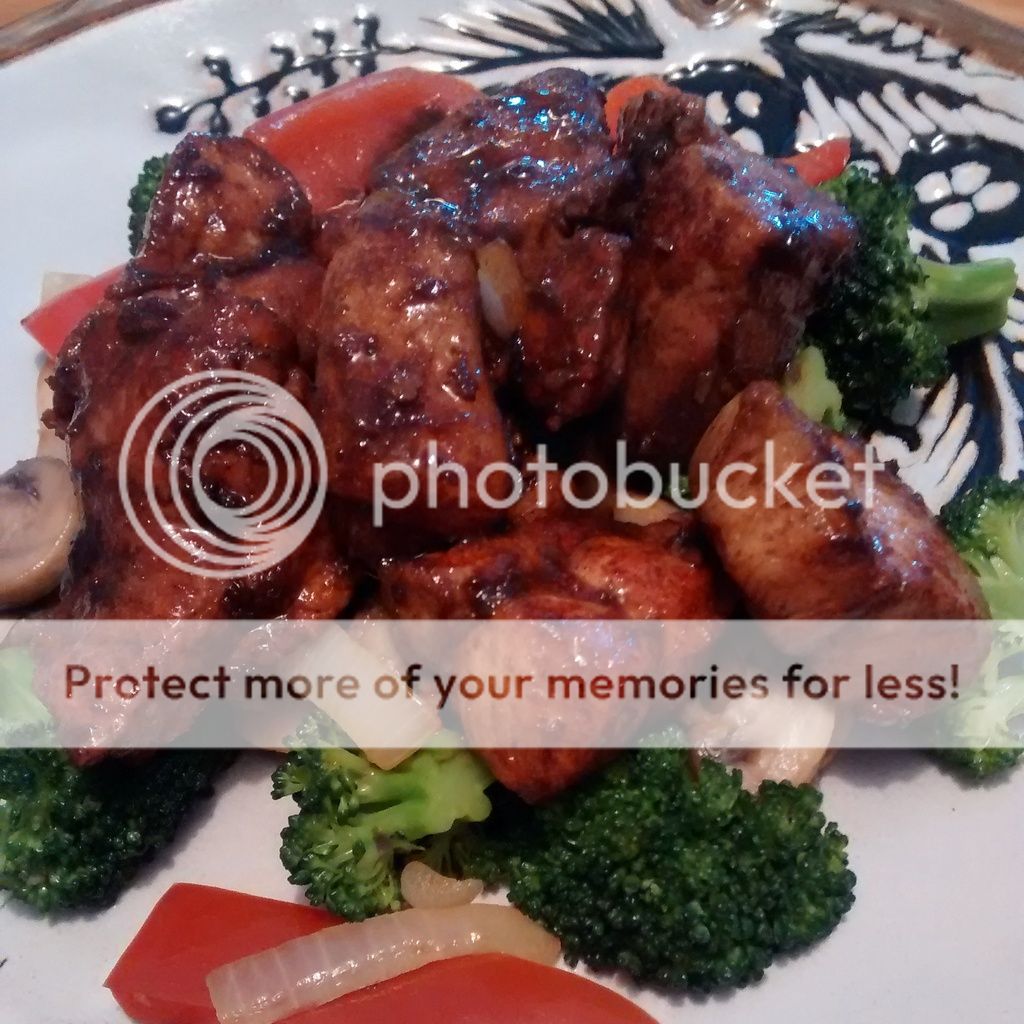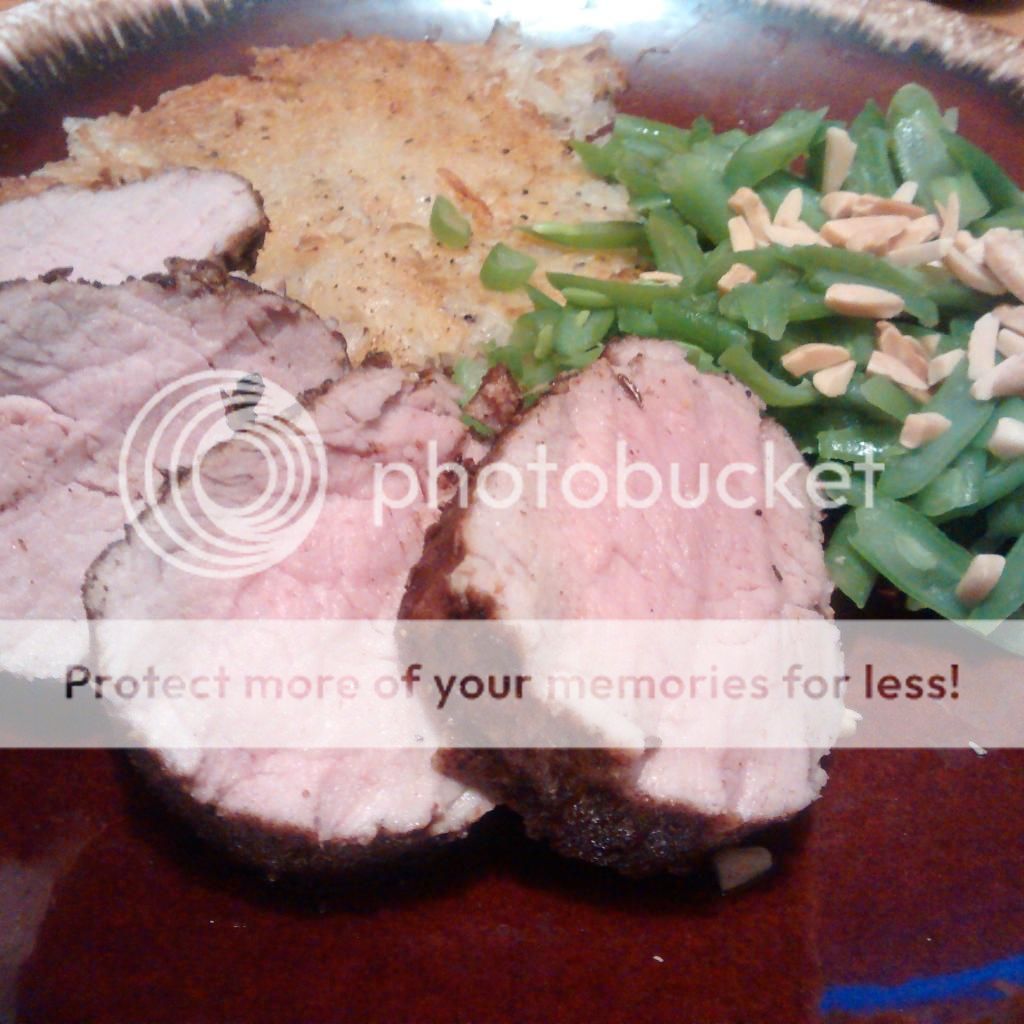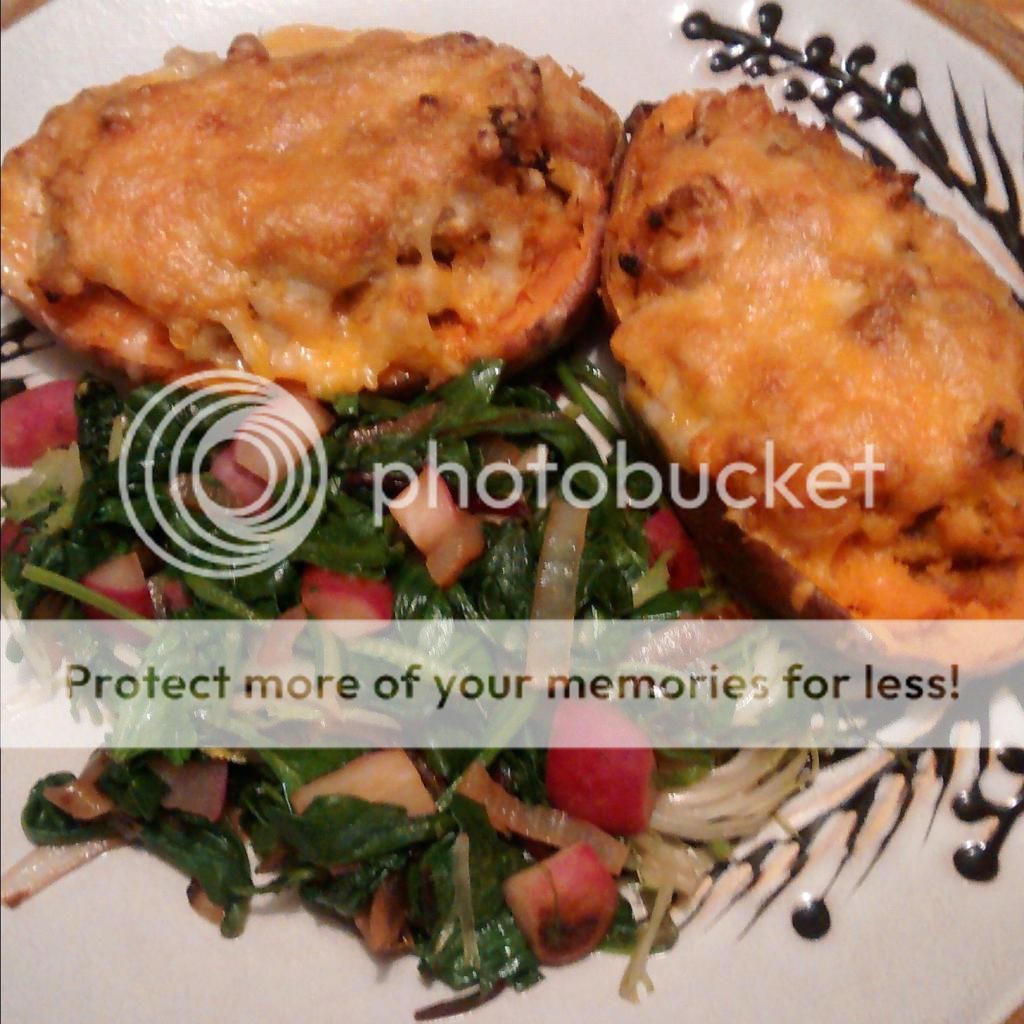 | |
| Oooh, snakey! |
They're the stems that a bulb of garlic sends up out of the dirt as it grows. If they were left alone, they would eventually flower and die off, but of course we don't leave them alone because: HUMANS. Instead, we cut them off before they have a chance to flower because, let's face it, pushing up stems and making flowers is hard fucking work and takes a lot of energy. Energy that could instead be used to grow nice fat cloves of garlic underground! The garlic bulb will still grow if you don't whack off the scapes (ooh, phrasing...), but it will be a lot smaller and not as tasty, so that's not how we do it. OFF WITH YER SCAPES!
By the way, see those weird bulbous lighter-green things part-way up the scapes? Those are actually the beginnings of the flowers. They look like this inside:
 |
| It looks like one of those tree people spirit things at the end of The Dark Crystal. Kind of. If you squint. And are me. |
You know...just in case you wondered.
Anyway.
So, in a not so shocking turn of events, garlic scapes taste...garlicky. They're not as pungent as garlic cloves, but they're still pretty damn garlicky and you can use them in place of cloves of garlic for just about anything - stir-fry, salads, sauces - just remember that because they're not as strong as regular garlic, it will take more of them to achieve an equivalent level of garlicky-ness. You can also grill them, pickle them, use them to keep vampires away (note: theory not tested, I cannot be held liable for any vampire related damage you may sustain)...all kinds of fun stuff.
One of the most popular ways to use garlic scapes is to make pesto. I like regular basil pesto, so I figured hey, why not, let's try garlic scape pesto. I took some pictures during the process so you can laugh at my ineptitude. I'm kind like that.
The first thing you have to do is wash and trim the scapes. I actually forgot to wash mine because I'm a bonehead, so if I die of dysentery or something later on tonight you'll know why. Anyway - so once you've theoretically washed the scapes, you want to trim off just below the bulbous flower bud part (which is technically edible but pretty stringy) and also a little bit at the other end if it seems dried out. My scapes sat in the fridge in a plastic bag for over a week with very little deterioration whatsoever, but conventional internet wisdom seems to be that you should use them within a week as they will start to go mushy and lose their flavor.
 |
| So curly and fun. |
Next, you want to chop them. They're eventually going to go into your food processor or blender so you can probably get away with just a rough chop, but if you know your food-pro struggles with bigger pieces, obviously cut them smaller.
 |
| Now they just kind of look like green beans. |
 |
| I have never wished for stronger thumbnails so hard in my life as I did for the 20 minutes these took me to shell. |
You're also going to need Parmesan cheese (if you like it, anyway - feel free to omit or substitute), extra virgin olive oil (this is where extra virgin really matters - use the good stuff!), and some kosher or sea salt.
Oh, and a food processor or blender. Or a mortar and pestle if you're hardcore, in which case I bow to not only your commitment, but your forearm strength as well.
I can't really wring too many fun-to-caption steps out of pesto making, folks. You just dump everything except the oil into the food-pro and let fly until it's all ground up, then slowly add the oil in, either while the food-pro is running, or you can stop it every couple seconds and drizzle more oil in. Fun fact: I actually started out dumping everything into my blender, thinking that it was going to do a better job of grinding everything up, but had to make a mid-course correction and switch to the food-pro when I still had inch-long pieces of scape knocking around after three solid minutes of blending. I am much more willing to do things like that now that I have a dishwasher. Weird how that works.
Anyway, you'll eventually end up with something that looks like pesto:
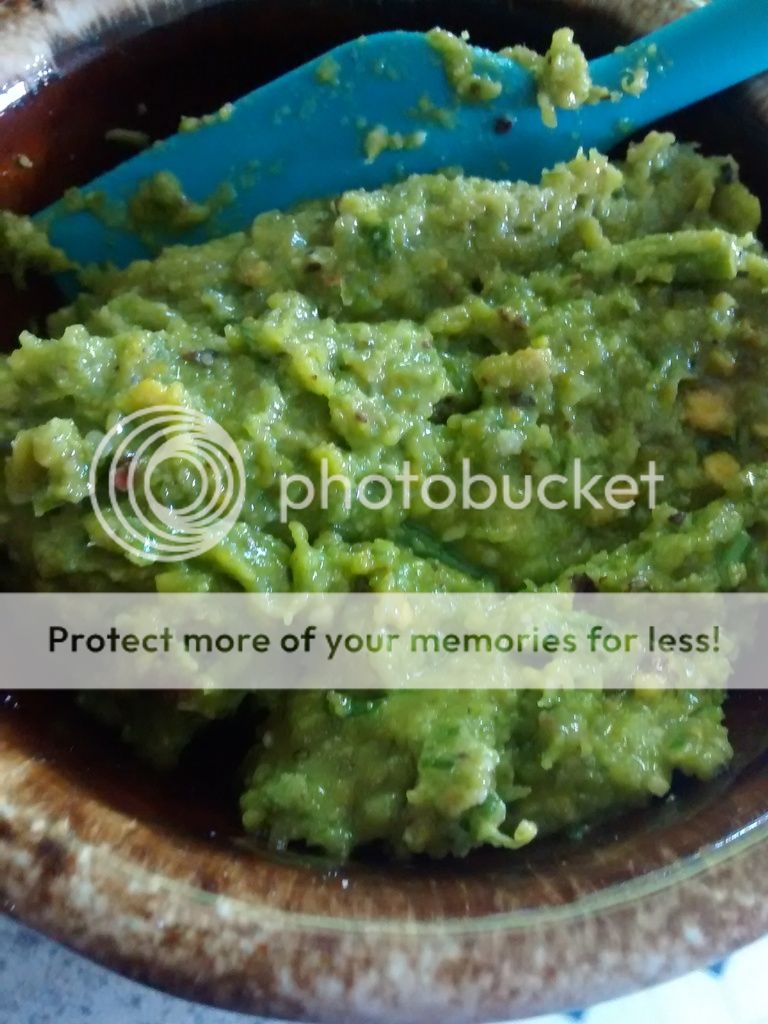 |
| So green. Very garlic. Wow. |
I won't lie...it's not like basil pesto. It's definitely good in that garlicky nutty cheesy fatty way and I wouldn't kick it out of bed, but don't go into this thinking it's going to be the same as the basil version because it will make you sad and I don't want you to be sad.
The four zucchini that I got in this week's CSA share were pretty much guaranteed to be made into zoodles eventually so I figured, why not toss them with some of my newly-made scape pesto?
 |
| Things got a little juicy. Ohh, err. |
The white part is cod filet that I baked for 15 minutes at 325 degrees. Don't knock the pesto-fish combination until you've tried it - it's actually really tasty.
Here's a recipe for the pesto with actual measurements, if that's how you roll:
Garlic Scape Pesto
10-12 trimmed and chopped garlic scapes
1/3 cup grated Parmesan cheese
1/3 cup extra virgin olive oil
1/3 cup shelled UNSALTED pistachios
kosher or sea salt and pepper to taste
- Put everything into a food processor except the olive oil. Process until uniformly ground up. Slowly add olive oil a little at a time, processing until incorporated. BOOM. Done.
